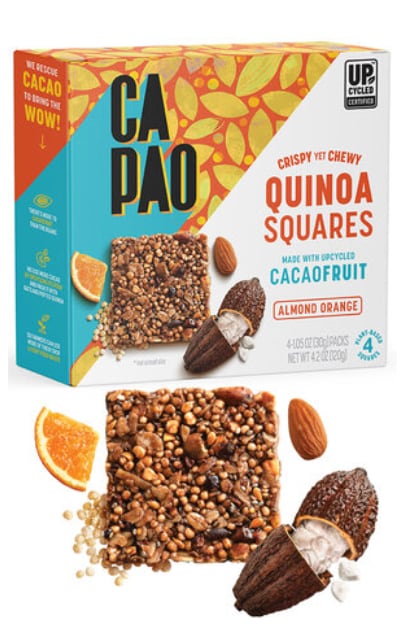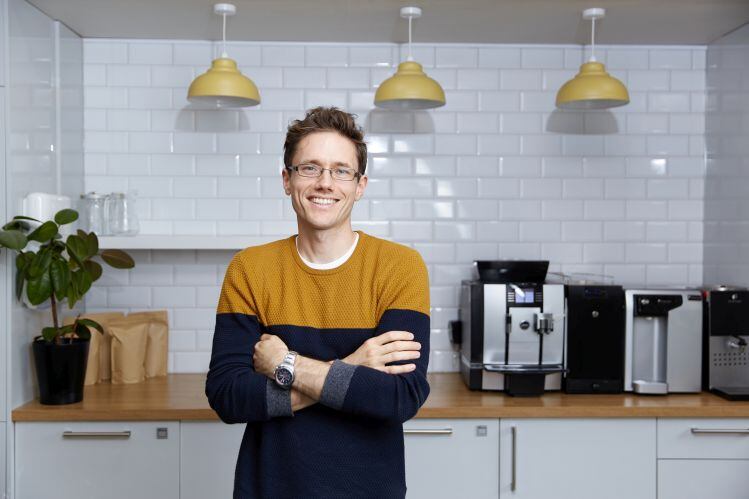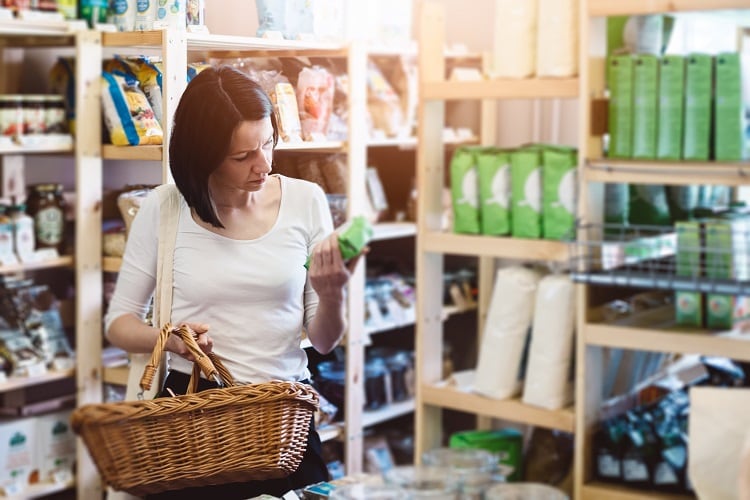As one of the first brands developed by Mondelēz International's innovation arm SnackFutures, CaPao was launched in early 2018 in a limited test market of Southern California retailers and now has plans for a broader retail push in 2022.
Product naming challenges

Nearly four years since launching, CaPao has gained some important lessons about how its products are perceived by consumers, including a few communication challenges the brand had to work through, said Shannon Neumann, associate director of SnackFutures Innovation, Mondelēz International.
"We had this 'aha' realization that when people see cacao fruit on pack, they saw it was two completely different ideas: one there's cocoa in and there's also fruit in it, rather than ... interpreting cacao fruit as a single ingredient," Neumann told FoodNavigator-USA.
This realization prompted a wording switch to combine the two words, 'cacaofruit' and adding visuals of the fruit, nuts, and spices (e.g. almond, orange, ginger, berry) in the brands' bites and quinoa squares.
"They're not seeing chocolate cues at all, and we're really celebrating fruit flavors because we don't want to set up the consumer expectation that this is going to be a chocolate treat," said Neumann.
While the brand's cacaofruit bites have been received well by consumers, Neumann said that its recently launched quinoa squares will help the brand reach more consumers by entering into the recovering snack bar category.
"That bar consumption, that easy, on-the -go, something you can grab that gives you some quality nutrition was really a territory we felt would be a great fit for," Neumann noted.
Neumann explained that when CaPao first entered the market, the brand saw their target consumer as the busy, yoga-going parent trying to balance wellness and their daily schedules.
"The more we got product into consumers' hands, the more we understood that this fits really nicely into many people's busy days," she said.
In terms of nutrition, the cacao fruit contains high level of key nutrients including potassium, magnesium, fiber, and vitamins B12, D, and E.
Not a moment but a movement
Products that promote not only their nutrition benefits but how they're benefiting the planet are gaining steam with consumers who are increasingly aware of the impact their products have on the environment.
This past April, a certification mark specifically designed to call out upcycled ingredients on packaging was created by the Upcycled Food Association (UFA), a non-profit started by a group of upcycled food companies in 2019.
According to UFA, over 30% of all food produced globally is lost or goes to waste and 95% say they want to do their part to reduce food waste including 60% of consumers who report wanting to buy products made with upcycled ingredients.
"I see upcycled not so much as a trend but as a movement that's still in its infancy," Neumann told FoodNavigator-USA, adding that using all parts of a heavily-used cocoa plant can make a huge sustainable impact.
"Right now the industry is just harvesting that fruit for the bean, and the pulp and the shell gets left behind and that's 70% of the fruit. So there's we see so much opportunity in what you can do with this," she said.
CaPao currently uses a liquid concentrate of the cacao fruit supplied by Cabosse Naturals, a brand owned by chocolate supplier Barry Callebaut.
2022 retail push
While CaPao is available to ship nationwide via its direct-to-consumer site, Neumann shared that the brand is poised for strong retail growth in 2022 with distribution plans to expand outside of Southern California where the products are currently available in about 200 stores.
"We have had a number of really great meetings with bigger retail in the past couple of months. We're looking at 2022 to begin expanding into those larger natural food chains rather than just the smaller independents," said Neumann.
"Our focus now is to get product into as many of the right consumers hands as possible."




